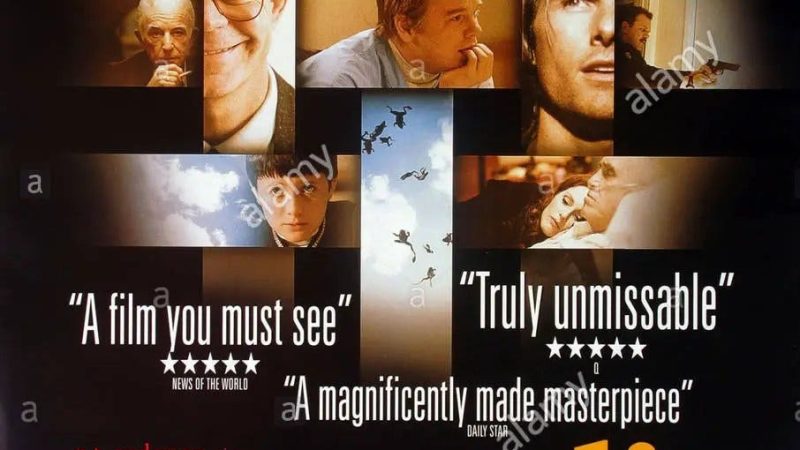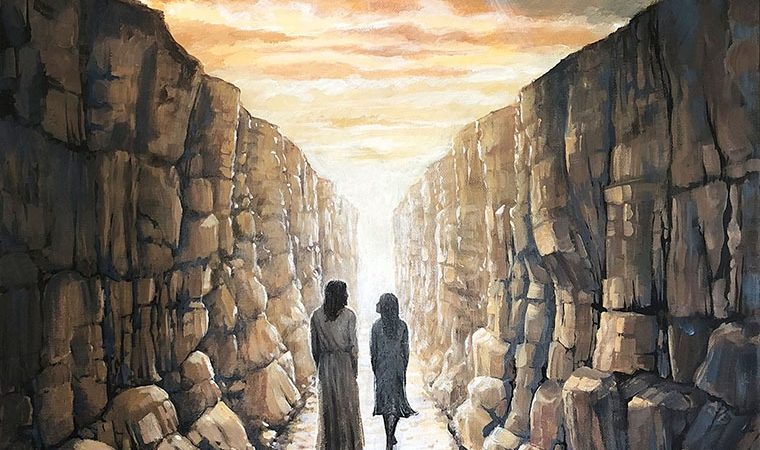Robert Harding Tunison: The Legacy of an Artistic Visionary

In the annals of art history, the name Robert Harding Tunison stands tall, revered for his unparalleled contribution to American realism during the late 19th and early 20th centuries. A luminary in the realm of landscape painting, Tunison’s evocative works continue to captivate audiences, transporting them to a bygone era through his masterful brushstrokes. Born in 1851 in New York, Tunison’s journey as an artist was marked by resilience, innovation, and an unwavering commitment to depicting the beauty of nature in its most authentic form.
Robert Harding Tunison Journey as an Artist
Tunison’s artistic prowess blossomed against the backdrop of an evolving America. He was deeply influenced by the Hudson River School, a group of painters renowned for their romanticized portrayals of American landscapes. Drawing inspiration from this tradition, Tunison embarked on a quest to render nature’s splendor with an acute attention to detail and a profound sense of realism. His dedication to plein air painting, capturing scenes outdoors, allowed him to infuse his canvases with an authenticity that resonated deeply with his audience.
At the heart of Tunison’s oeuvre lay his ability to encapsulate the essence of rural life and the serene beauty of the countryside. His paintings often featured pastoral landscapes, tranquil streams, idyllic farms, and majestic mountainscapes bathed in the soft light of dawn or dusk. Through a meticulous interplay of light and shadow, he imbued his compositions with a sense of tranquility and harmony that transported viewers into a realm of serene contemplation.
Technical Proficiency
What set Tunison apart was not merely his technical proficiency but also his innate ability to evoke an emotional response through his art. His works were not just representations of nature but windows into a world where the viewer could experience a profound connection with the environment. Tunison’s artistry allowed individuals to feel the gentle breeze rustling through the trees or hear the soothing trickle of a brook, captivating their senses and stirring their souls.
Despite his undeniable talent, Tunison’s journey as an artist was not devoid of challenges. The art scene of his time was competitive and often unforgiving, demanding innovation and originality. However, Tunison remained steadfast in his commitment to his craft, continuously refining his techniques and pushing the boundaries of his artistic expression. His perseverance paid off, earning him recognition and acclaim in the art world.
Moreover, Tunison’s legacy extends beyond his artistic achievements. He was a devoted mentor and teacher, sharing his knowledge with aspiring artists and nurturing the next generation of creative minds. His teachings emphasized the importance of observRobert Harding Tunison remains a towering figure in the realm of American realism, leaving an indelible mark through his breathtaking landscapes and unwavering dedication to his craft.ation, dedication to craft, and a deep appreciation for the natural world—a legacy that continues to inspire budding artists to this day.
Tunison’s impact on American art endures through the timeless allure of his paintings, which adorn prestigious galleries and private collections worldwide. His artworks serve as a testament to his unwavering commitment to preserving the beauty of the American landscape for generations to come. His ability to capture the ephemeral moments of nature and immortalize them on canvas remains a testament to his artistic genius.
Conclusion
Robert Harding Tunison remains a towering figure in the realm of American realism, leaving an indelible mark through his breathtaking landscapes and unwavering dedication to his craft. His ability to evoke emotions, transport viewers to serene landscapes, and instill a deep reverence for nature cements his position as an artistic visionary whose legacy continues to inspire and enchant admirers of art worldwide.
FAQs
1. Who was Robert Harding Tunison?
Robert Harding Tunison (1851–1912) was a prominent American artist known for his contributions to the realm of American realism. He specialized in landscape painting and was renowned for his ability to capture the essence of nature in his works.
2. What kind of art did Robert Harding Tunison create?
Tunison was primarily a landscape painter, focusing on American rural scenes, pastoral landscapes, serene streams, farms, and mountainscapes. He was adept at plein air painting, capturing the essence of nature directly from outdoor settings.
3. What influenced Robert Harding Tunison’s art?
Tunison was influenced by the Hudson River School, a group of painters known for their romanticized depictions of American landscapes. He drew inspiration from their tradition but developed his unique style characterized by a meticulous attention to detail and a focus on realism.
4. What set Robert Harding Tunison apart from other artists of his time?
Tunison’s distinctive skill lay in his ability to evoke emotions through his paintings. His works weren’t merely representations of nature but immersive experiences that transported viewers, enabling them to feel the serenity and tranquility depicted in his landscapes.
5. What challenges did Robert Harding Tunison face in his artistic career?
Tunison encountered the competitive nature of the art scene in his time. However, he persevered, continuously refining his techniques and pushing the boundaries of his artistic expression to earn recognition and acclaim in the art world.
6. What is Robert Harding Tunison’s legacy?
Tunison’s legacy endures through his timeless artworks, which adorn galleries and private collections globally. His emphasis on preserving the beauty of the American landscape and his teachings as a mentor and teacher continue to inspire aspiring artists.
7. Where can I view Robert Harding Tunison’s paintings?
Tunison’s paintings are displayed in various prestigious galleries and museums worldwide. Additionally, many of his works are part of private collections and occasionally featured in exhibitions dedicated to American realism and landscape painting.
8. What was Robert Harding Tunison’s artistic philosophy?
Tunison believed in the importance of observation, dedication to craft, and a deep appreciation for the natural world. His philosophy emphasized capturing the fleeting beauty of nature and immortalizing it on canvas.
9. How did Robert Harding Tunison contribute to American art?
Tunison’s contributions to American art lie in his masterful depictions of landscapes, which showcased the serene beauty of rural America. He left a profound impact on the art world through his ability to evoke emotions and create immersive experiences through his art.
10. How can I learn more about Robert Harding Tunison’s life and work?
Books, online resources, museum exhibitions, and dedicated galleries often provide in-depth information about Tunison’s life, his artistic journey, and a comprehensive display of his notable works. Additionally, art history publications and academic sources offer detailed insights into his contributions to American art.






